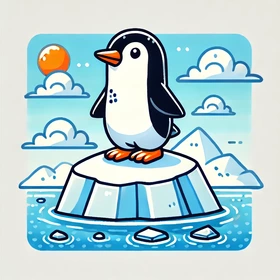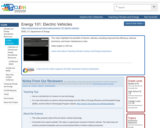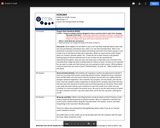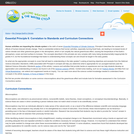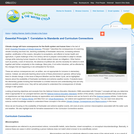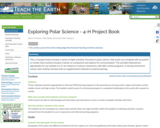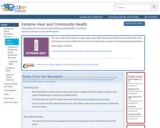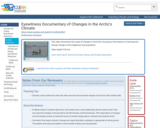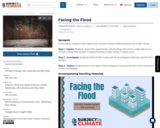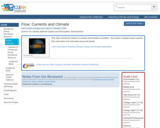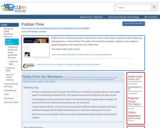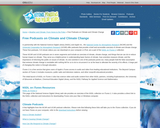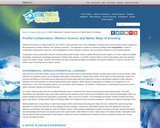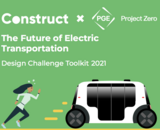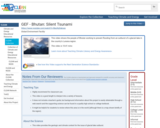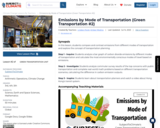
SYNOPSIS: In this lesson, students compare and contrast emissions from different modes of transportation and explore the concept of transportation planning.
SCIENTIST NOTES: This lesson asks students to investigate the amount of carbon emitted by different forms of transportation. The numbers used for the calculations are backed by peer-reviewed science, and the methodologies come from the Intergovernmental Panel on Climate Change. This lesson has passed our scientific review process.
POSITIVES:
-This lesson builds upon students' understanding of place in the world and the impact of individual lifestyle choices.
-It features relevant real-world math problems.
-It offers career path integration in the sector of transportation planning and transit.
-Students creatively brainstorm solutions for real-world issues and civil concerns.
ADDITIONAL PREREQUISITES:
-This is lesson 2 of 6 in our 3rd-5th grade Green Transportation unit.
-Students should have knowledge of reading a bar graph and a basic understanding of interpreting data.
-If students do not have background knowledge of their community's public transportation systems, they should be appropriately introduced to the basics of how buses, metros, and railways work.
-The graph in the Inquire section uses the unit CO2e to measure emissions from different modes of transportation. CO2e stands for carbon dioxide equivalent, which is the measure of the impact of all greenhouse gases in terms of the amount of CO2 that would create the same amount of warming. For the purpose of this lesson and the age of the learners, it is probably best to just use the terms “carbon dioxide” and “CO2.”
DIFFERENTIATION:
-There can be number-set choices for math problems available for different abilities and skill sets.
-Students can work in pairs or small groups.
- Subject:
- Geoscience
- Mathematics
- Physical Science
- Space Science
- Material Type:
- Lesson Plan
- Provider:
- SubjectToClimate
- Author:
- Amber Medina
- Lindsey Pockl
- Date Added:
- 06/29/2023
